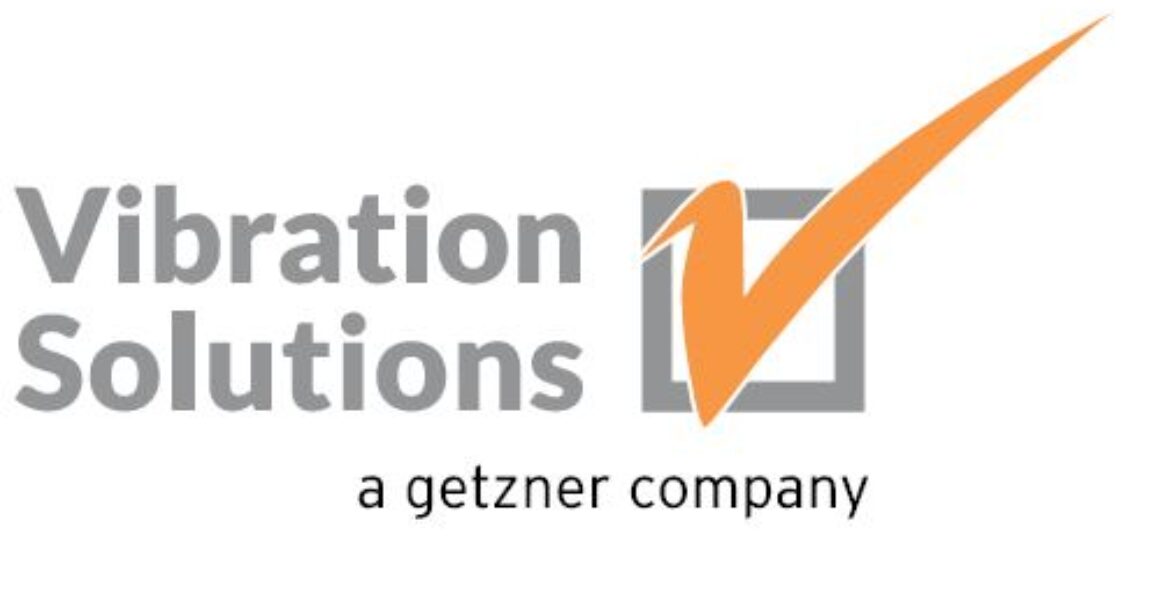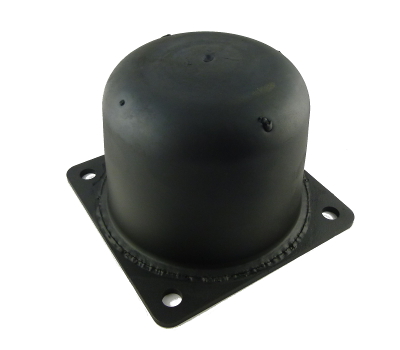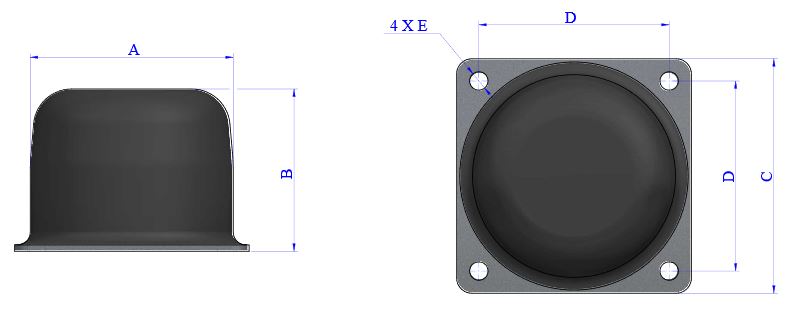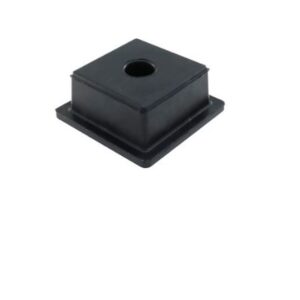Description
Buffer Cylindrical
These buffers can be used in two ways: As actual buffers – impact taking place at the end of a stroke, taking into account the maximum deflection the stop has to give. As flexible mounts where the buffers may be screwed to the base of the machine so that its flat surface rests directly on the floor or ground.
Four mounting holes in a solid base.
|
Type |
A(mm) |
B(mm) |
C(mm) |
D(mm) |
E(mm) |
Load (kg) |
DEFLECTION mm |
Weight(kg) |
Energy(Nm ) |
Code |
|
T -150 |
160 |
125 |
185 |
150 |
13,5 |
5000 |
50 |
4,172 |
1250 |
117001 |
|
T – 250 |
250 |
208 |
315 |
250 |
14,5 |
40000 |
100 |
18 |
12500 |
117002 |







